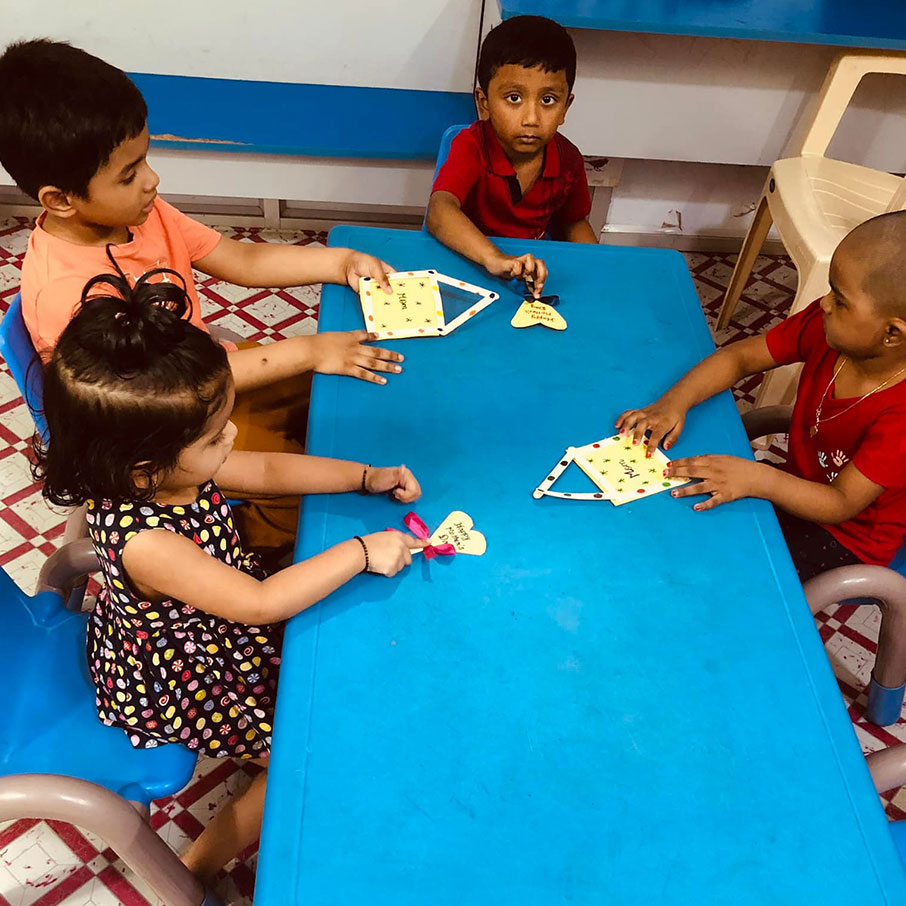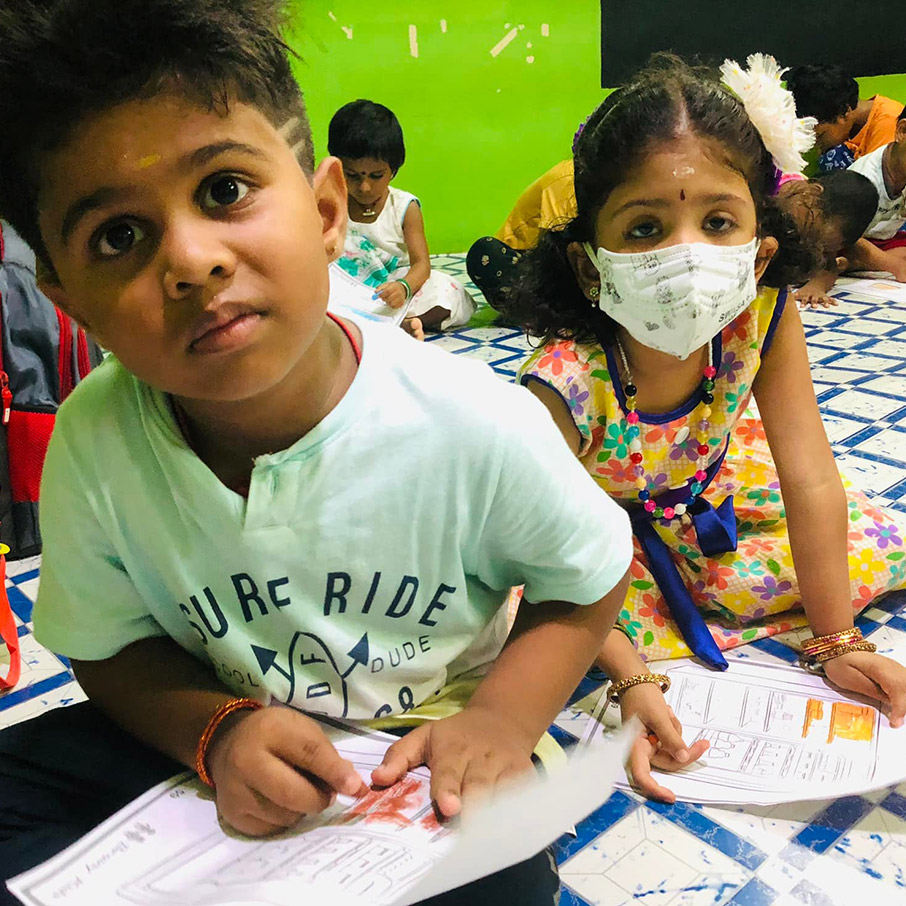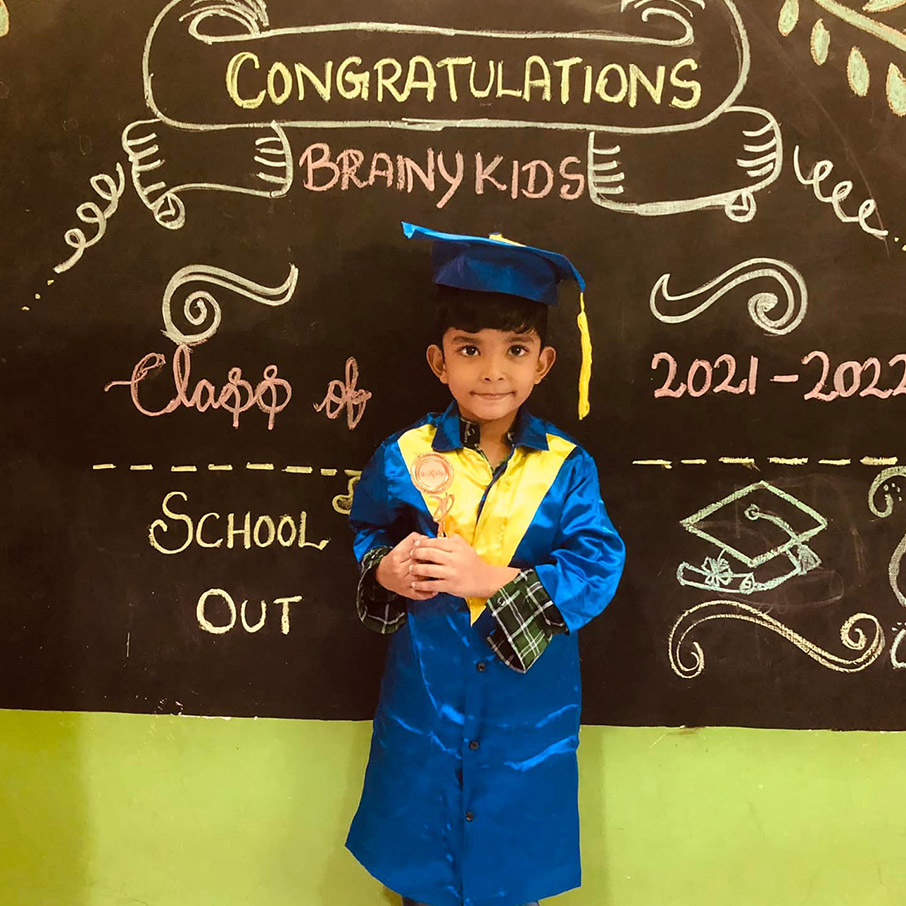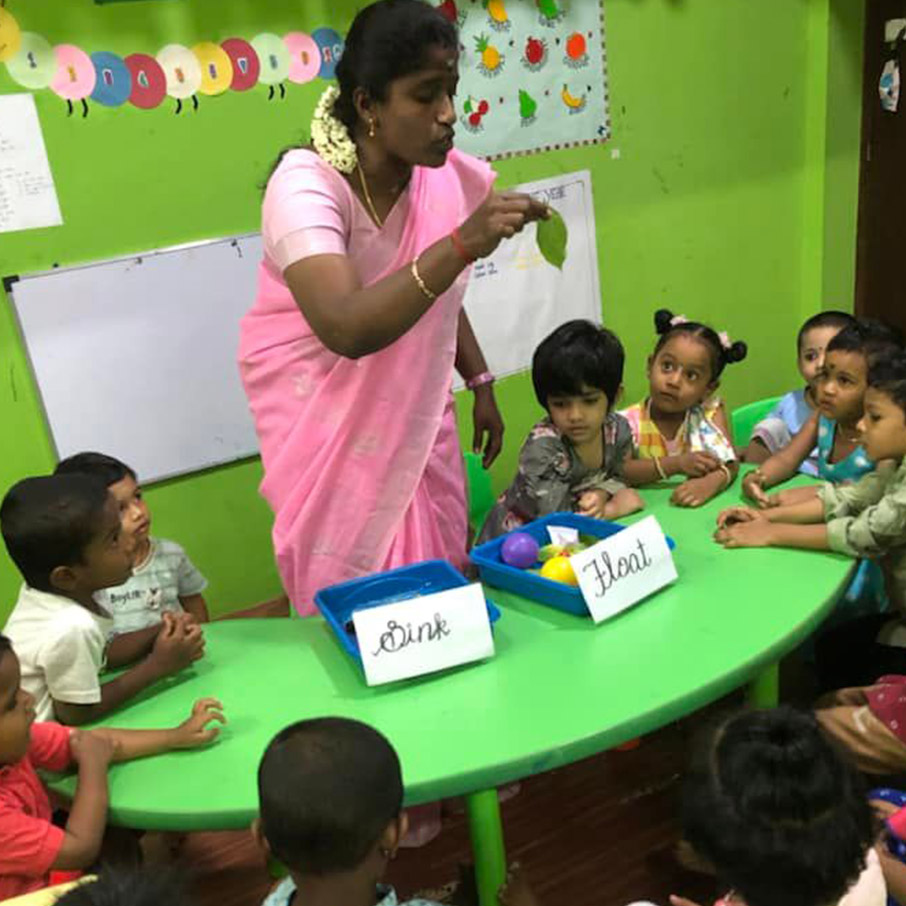UKG:

Cooperative Learning
This teaching method promotes peer-to-peer respect and develops an understanding of each other's interests, skills, and needs. Furthermore, it encourages students to take control over their own learning experience by providing ample opportunity for them to express and share their personal concerns, feelings, and thoughts.
Hands-On Approach
The hands-on approach is a teaching method that encourages students to learn by doing and by sampling which involves board games.
One to One learning
One to One learning is a teaching method that gives a teacher one-on-one time with each student. This works best while the other students are engaged in an activity or playtime.
Free Play Method
The first step to play as a teaching method is observation -- then the teacher can structure the play. Teachers should do so without dominating or directing the play, but by sharing the experience with the children and presenting ideas and materials that will help extend the play into a learning experience.
Teacher Directed Activity
It highlights the importance of the teacher’s role as a facilitator. Although the teacher-centered approach has been criticized for encouraging passive learning, no one can deny that students need the assistance of a teacher to develop their skills.
2. Having been built on behavioral theory, this teaching method facilitates control over changes in student behavior through direct instruction. It might be helpful to use the core of this approach and modify it depending on the teacher’s and student’s needs, gradually shifting the focus from the former to the latter.
Student-Centered / Constructivist Approach
1. Students play a more active role in their learning and develop a sense of responsibility.
2. Thanks to teachers avoiding the transmission of knowledge directly, students have a chance to stimulate their analytical thinking, by “making sense of what they are learning by relating it to prior knowledge and by discussing it with others,”
Project-Based Learning
A relatively new teaching method, project-based learning falls within the student-centered approach. As the name suggests, in project-based learning students complete projects. However, these are big, meaty projects in which students acquire knowledge, research, think critically, evaluate, analyze, make decisions, collaborate, and more.
Inquiry-Based Learning
1. Teachers guide students to develop critical thinking and problem-solving skills. To learn these skills, the teacher helps students think through their processes, teaches them possible approaches, and encourages them to try various methods.
2. Students are encouraged to fail as a part of the process and then improve their performance in subsequent activities.
3. Instead of repeating answers students have been taught, students learn to seek their own answers to questions. So, students develop strong research skills.
Cooperative Learning
As the name suggests, cooperative learning involves a lot of group work. However, it also requires a lot of structure and intervention on the part of the teacher to make learning as effective as possible. Some commonly used cooperative learning strategies include “think-pair-share.”
It improves critical thinking: during the group work process, students will express their opinions or ideas with the other students in the group providing feedback. This feedback to each student will include critique as well as the interpretation of the opinions or ideas expressed.
Using different materials
- The Montessori material is designed for learning, it is included in the areas of the curriculum that touch on social skills and practical life skills.
- Those students fail as part of the process, they are encouraged to improve their performance in subsequent activities.
- Students are allowed to explore our answers to their questions This stimulated strong research skills





